PSI Blog 20190501 The Discovery of Infinity
The question has been asked: “How did you...
Science Magazine for Critical Thinkers
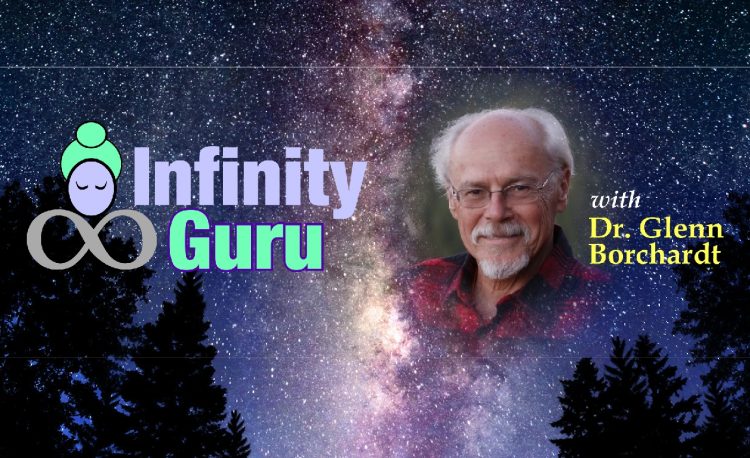
PSI Blog 20190501 The Discovery of Infinity
The question has been asked: “How did you...

It was my son Gene, who triggered my first eureka moment. It occurred during our dinner conversation at the end of December of 1992. Neither his high school teachers nor my university professors had ever mentioned during their lectures about the the vortex theory. While looking at a crumb of bread, Gene made a casual observation: There is probably another world inside that piece.â€Â
![]()
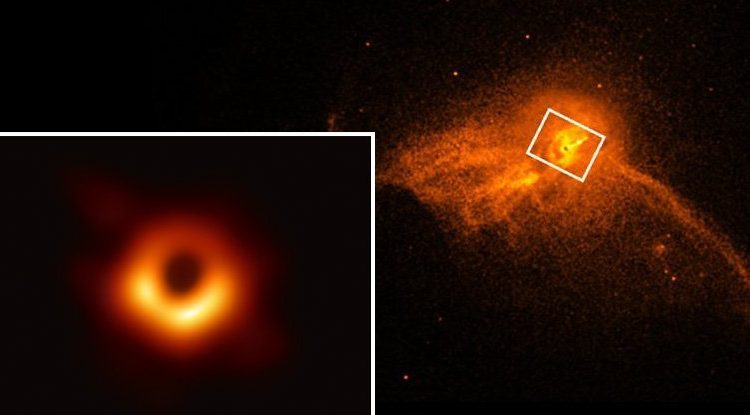
Now to the question at hand: Does the black hole in M87 falsify the Big Bang Theory? According to the Big Bang Theory, the universe exploded out of nothing 13.8 billion years ago. Since then, matter has been accumulating in the form of about 2 trillion galaxies, with the youngest being spiralic and oldest being elliptical.
![]()

For the reader who is unfamiliar with physics academia, it might seem difficult to understand why Special Relativity (SR) remains one of the key foundation blocks of academic, theoretical physics. After all physics thinking should be based on empirical data and logic – there should be little room for subjective preferences, etc.
![]()
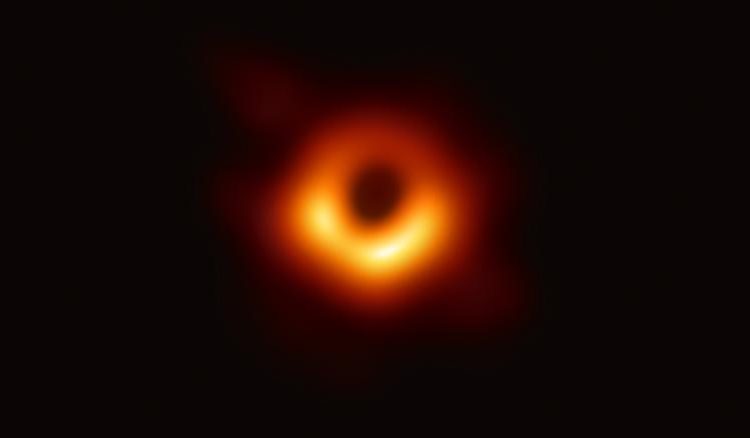
This is how astronomers and cosmologists do science: fraud by means of mass-media induced mass-hysteria. It beggars belief. Think about it: according to the astronomers and cosmologists the finite mass of their black hole is concentrated in a ‘physical singularity’ of zero volume, infinite density, and infinite gravity. But no finite mass has zero volume, infinite density, and infinite gravity, anywhere!
![]()
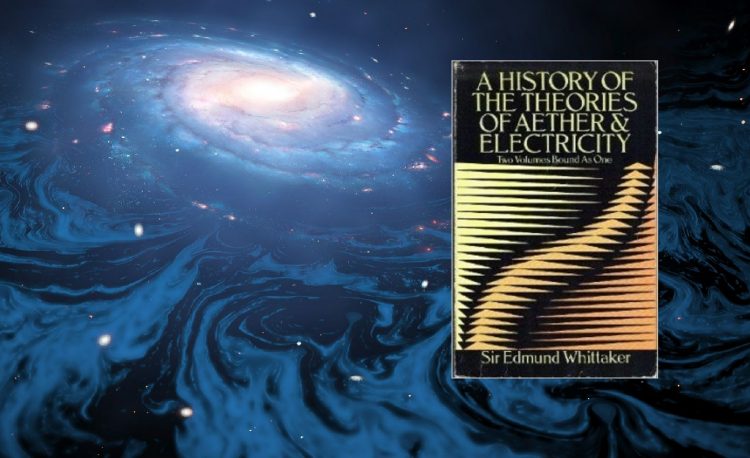
As with many of the thoughts in this blog, this is contrary to common wisdom, but I think it particularly weird how the perceived wisdom that “only dimensionless constants can have fundamental meaning†has been established. Not only has this idea become representative of a methodology that has replaced thinking by calculating, but the full ignorance of the statement reveals itself only if we l…
![]()
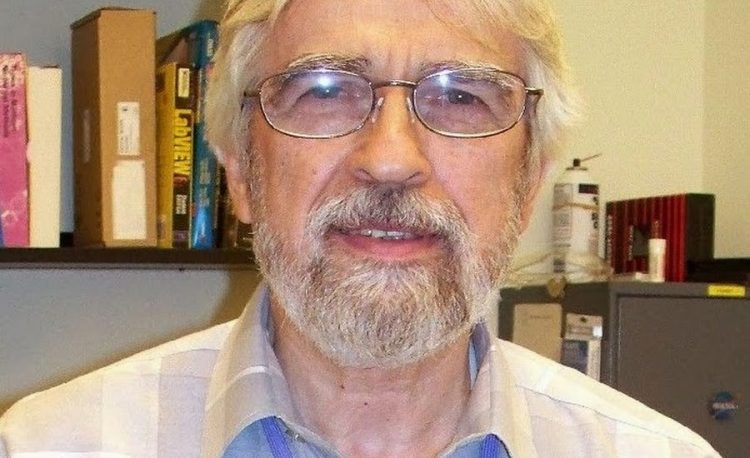
After a sleepless night, I decided to take a drive in my car. While driving, something very important came to me. It was a thought about aether, the abandoned substance of physics that would give light a medium – like air is a medium for sound waves.
![]()
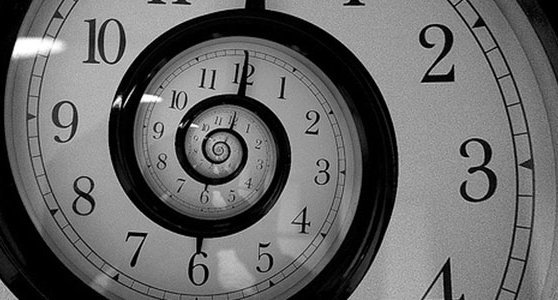
The earliest empirical data directly related to “time dilation†came from particle accelerators. These results seemed to confirm Einstein’s time dilation prediction. When unstable particles had “high velocityâ€, their half-lives were greatly increased – in other words, “high velocity†particles survived longer than “low velocity†particles before they decayed.
![]()

The first Eureka moment for me was in 1985 when Scientific American published, for the first time, the algorithm for the Mandelbrot Set. It was in the Computer Recreations section of the magazine, written by Kee Dewdney at the time.Â
![]()
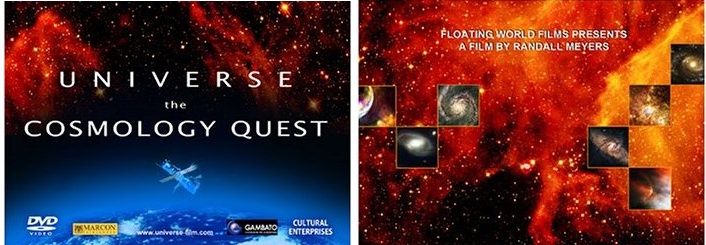
A group of renowned cosmologists and astrophysicist are in search of a realistic picture of the universe. Their research and observational discoveries point in a direction diametrically opposed to the predominant Bog Bang theory – this leads to a series of sociological situations that verge on the extreme dogma controls wielded against Copernicus and Galileo in the past; only now against our protagonists of the 21st century. This is a controversial science documentary touching on the nerve of everything astronomers and cosmologist claim they know about the universe today.
![]()